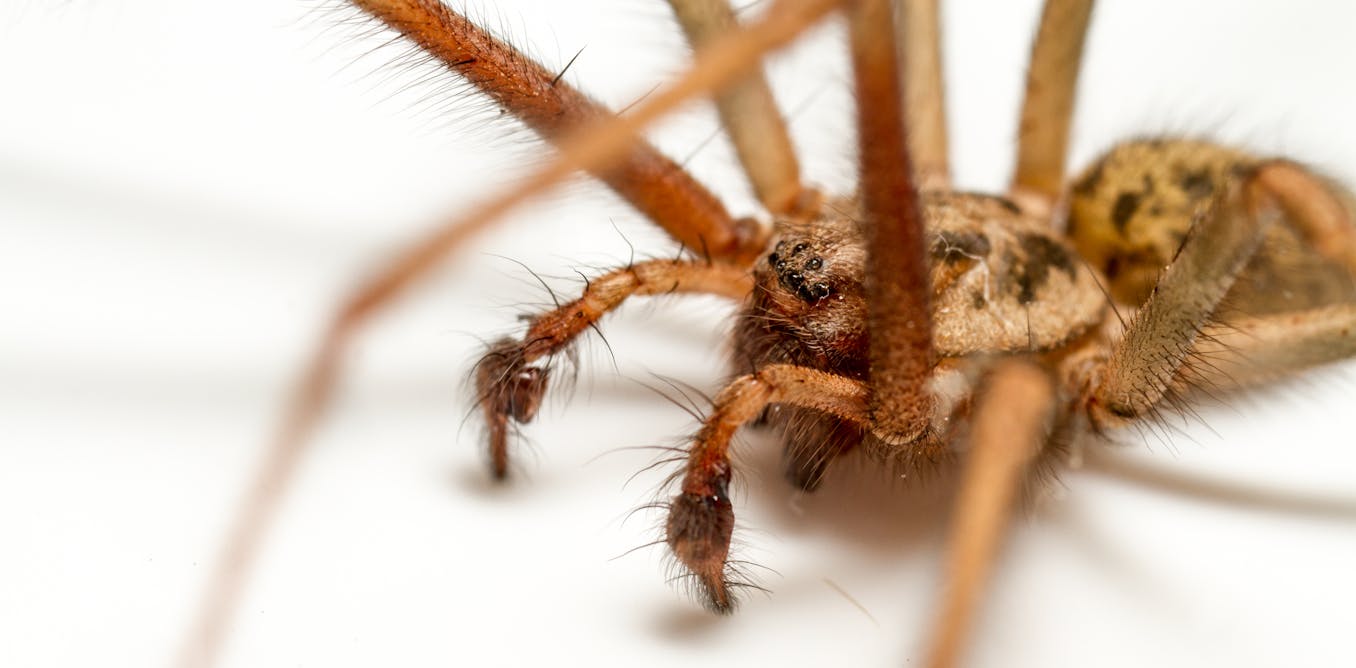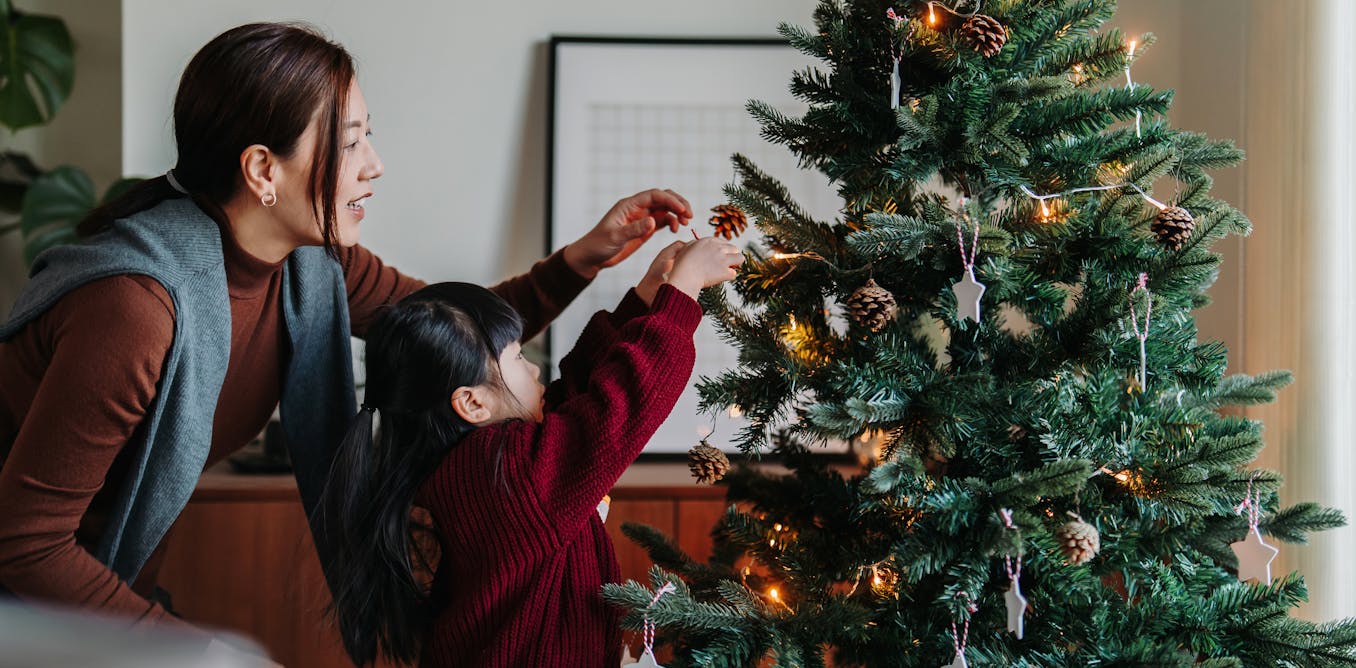If you’re scared of spiders, Halloween certainly doesn’t help. People decorate their homes with monstrous-looking fake cobwebs and horror movies depict giant spiders hunting humans or creeping around spooky abandoned houses. Spiders’ long association with witches can also make their presence seem a little ominous.
In reality though, spiders are much more likely to be minding their own business than trying to pester humans.
The UK is home to more than 600 species of spider, with only a few of these common indoors. You might not notice them much through the year, but come autumn, more seem to start appearing in our homes.
This time of year we are focused on getting warm, sheltering from the weather outside. We may think that those animals we associate with our garden have similar ideas, and want to move in and share our cosy accommodation. However, the odds are they haven’t come in from the outside. The spiders you’re noticing have in fact probably always been there.
It’s just they are more active. Male spiders of many species are trying to find mates at this time of year. They cease to build webs and become roving individuals that are more easily spotted.
Mating for male spiders is a risky process as females often respond aggressively to male advances. So male spiders invest a lot of time and energy into finding the right mate. When spiders mate they fill specialised organs in front of their mouths, called palps, with sperm, that they then deposit into the sexual organ (epigynum) of the female.
Prior to this the male will go through a literal song and dance to make sure that the female is receptive and won’t eat him. This often involves a lot of leg tapping and sending vibratory signals sent down the female’s web. Only when she accepts these signals from the male will she mate with him.
Slowing down
Indoor female spiders are less active this time of year, often waiting in their homes, feeding and readying themselves for the mating season.
In early autumn indoor spiders are mostly nocturnal, with both males and females becoming more active at night when they are safer from potential predators, and maybe us humans.
While they rest during the day, some spider species even show signs of dreaming. A 2022 US paper found jumping spiders show bouts of eye movement and limb twitching that suggest phases of rapid eye movement (REM) sleep. REM sleep is associated with vivid dreaming.
Getting the munchies
The males may slow down the web-building but the females don’t. Spiders don’t just build webs randomly. They spend time finding the right spot based on the availability of prey as well as safety and structure.
One common species you may encounter, particularly in the UK, is the common house spider Tegenaria domestica one of Britain’s bigger spiders. It is well known for its funnel like webs which differ from classic cobwebs in the corners of rooms. These webs provide a secure home for the web dweller and surface for dispatching any potential prey that may fall on it.
Depending on the species, different webs evolved for catching different types of prey, or to provide a suitable home for the spider. There are some weird examples, such as Hyptiotes paradoxus which builds a triangular web – shaped much like a pizza slice. You are less likely to see this species in the home but you may find them on a graveyard yew tree.
Wirestock Creators/Shutterstock
Although not all species of spiders make complex webs, all spiders make silk that can be used for storing prey, or safety lines. For those that do make webs, depending on the species, this can take a few minutes, hours or days. It is of course a big investment taking a lot of energy to build a web. Some spiders ingest broken webs, to recycle the lost energy.
The tangled webs we find in our houses are often produced by what we refer to as synanthropic species, meaning that they have adapted well to a human-centred existence. Or rather many of them find our homes a nice facsimile to the habitat that they evolved within. Their natural habitats are similar to our homes in that they have stable temperature and humidity, with warm and dry corners and crevices.
Some synanthropic species such as the cellar spider Pholcus phalangioides are common inside. They are often seen hanging upside down waiting for their prey to fall victim to their delicate webs, in the corners of rooms, where they do a good job of eating other spiders that may enter your house. This species, however, is not native and was introduced to the UK and US from Asia in the 1800s.
Although we share our homes with many species of spider, they don’t eat crumbs or human food. But those crumbs can attract insects, which in turn attract spiders.
What can we do for spiders in the house?
There are movies on the tele at the moment that have done a good job of reinforcing people’s arachnophobia. But spiders aren’t out to get you. They just want to raise a family.
So my appeal to you is, maybe leave some of those cobwebs up (it’s great decoration for Halloween), drape a towel over the side of your bath so spiders can escape. And if you do need to remove a spider from your house, do it carefully and remember it is bad luck to kill a spider. To recite an old folk saying,“if you wish to live and thrive, let a spider run alive”.

The post “What do spiders really get up to on Halloween?” by Alex Dittrich, Senior Lecturer in Zoology, Nottingham Trent University was published on 10/30/2025 by theconversation.com







































Leave a Reply